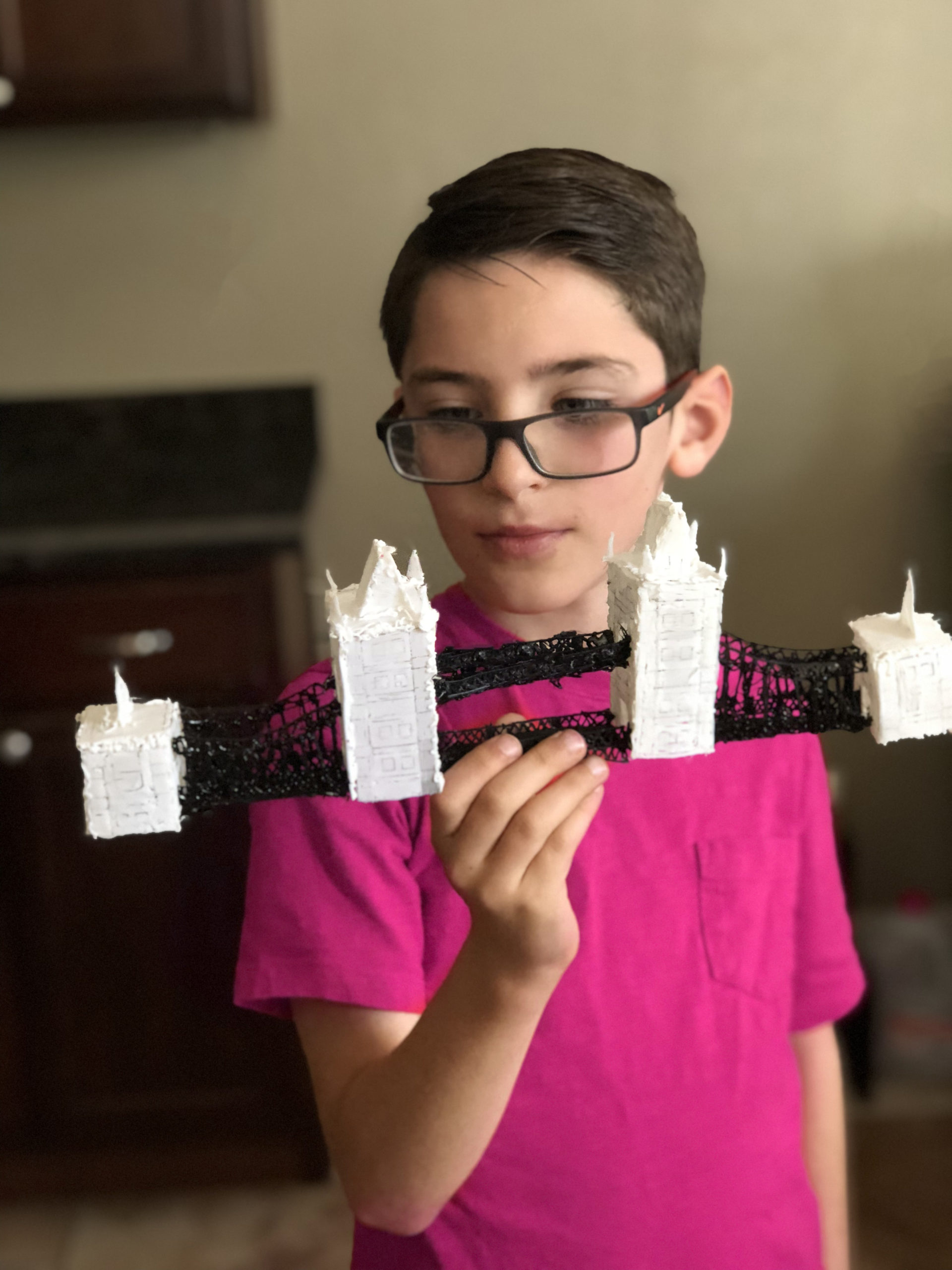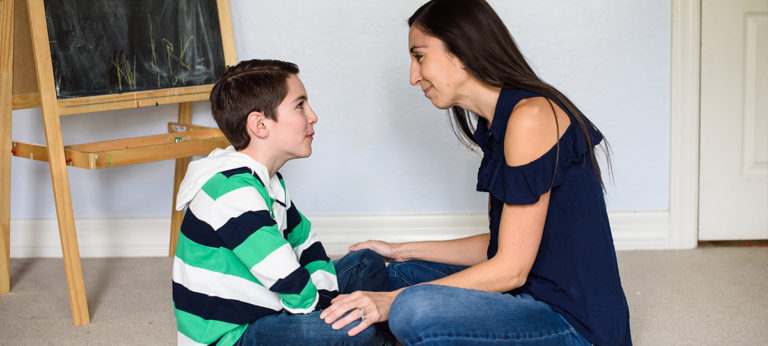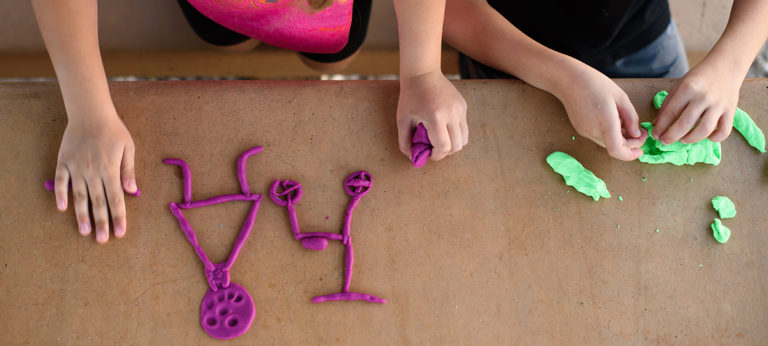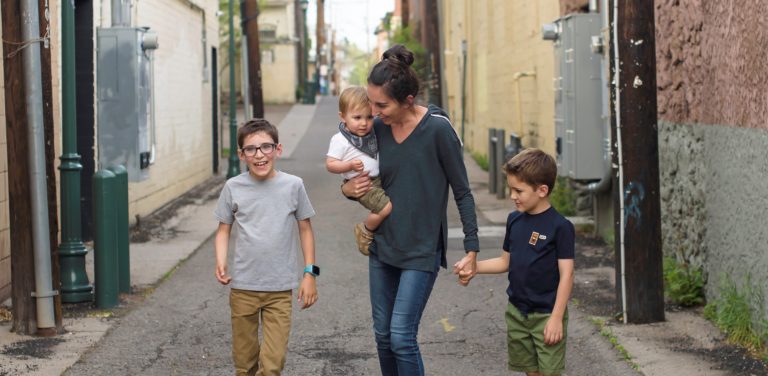The Best STEM Toys for Kids
When deciding what to get for our kids from their birthday and Christmas lists, the majority of the toys we choose to purchase must have…

When deciding what to get for our kids from their birthday and Christmas lists, the majority of the toys we choose to purchase must have…

When I was a first-time mom with a 15-month-old, I decided to take him to Red Robin. Just the two of us. To be honest,…

We have all been there. Everything seems to be going fine until one kid doesn’t get what he or she wants or someone says something…

This post may contain affiliate links, see disclosure policy for details. It’s here! I finally made the leap. After dreaming and talking about and thinking…